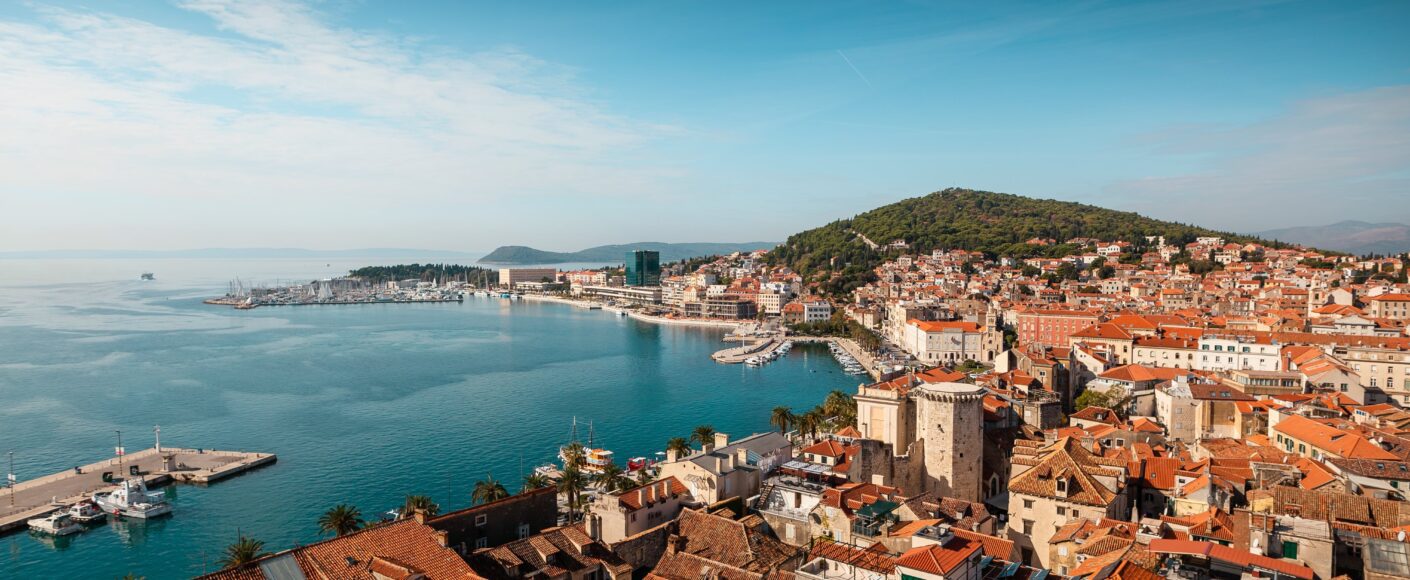Dalmatia – the coastal heart of Croatia

Dalmatia is a historical land located on the eastern coast of the Adriatic Sea, covering the areas of Croatia, Bosnia and Herzegovina and Montenegro. It stretches along the Adriatic coast from the island of Pag in the north to the Bay of Kotor in the south, creating a strip up to 50 km wide and approximately 400 km long. Dalmatia also includes about 1,000 coastal islands.
Geologically, Dalmatia is characterized by limestone rocks with a strongly marked karst character. The climate in the region is Mediterranean.
In ancient times, the areas of Dalmatia were inhabited by Illyrian tribes, including: Dalmatians, from whom the region is named. Greek colonies such as Apollonia and Epidamnos were founded in the 7th and 6th centuries BC. In the 2nd century BC These areas became the target of Roman expansion, which led to their conquest in the mid-2nd century BC. Dalmatia was initially part of the province of Iliricum, and later existed as a separate province of Dalmatia.
In the 6th century, Dalmatia was annexed to Byzantium by Emperor Justinian the Great. In the same period, Slavs began to arrive in these areas, and most of Dalmatia was settled by Croats. In the 11th century, Croatia, including Dalmatia, became a kingdom centered on Biograd and Nin.
In the 15th century, Dalmatia came under the influence of Venice, which took control of most of the region, except for Ragusa (Dubrovnik). After the fall of Venice in 1797, Dalmatia became part of the Austrian Empire. Then it came under the rule of France during the Napoleonic period, and after the fall of Napoleon it returned to the rule of Austria, where it remained until the end of World War I.
After World War I, most of Dalmatia was annexed to the Kingdom of Serbs, Croats and Slovenes, later Yugoslavia. During World War II, this area was divided between Italy and the Independent State of Croatia. After the war, Dalmatia became part of the Socialist Federal Republic of Yugoslavia. As a result of the breakup of Yugoslavia in the 1990s. In the 1920s, Dalmatia became part of independent Croatia, as well as Montenegro and Bosnia and Herzegovina.
Currently, Dalmatia is a popular tourist region in Croatia, famous for its picturesque coast, numerous islands, historical monuments and characteristic Mediterranean climate.
See also: Istria – History and culture: a walk through historic cities




